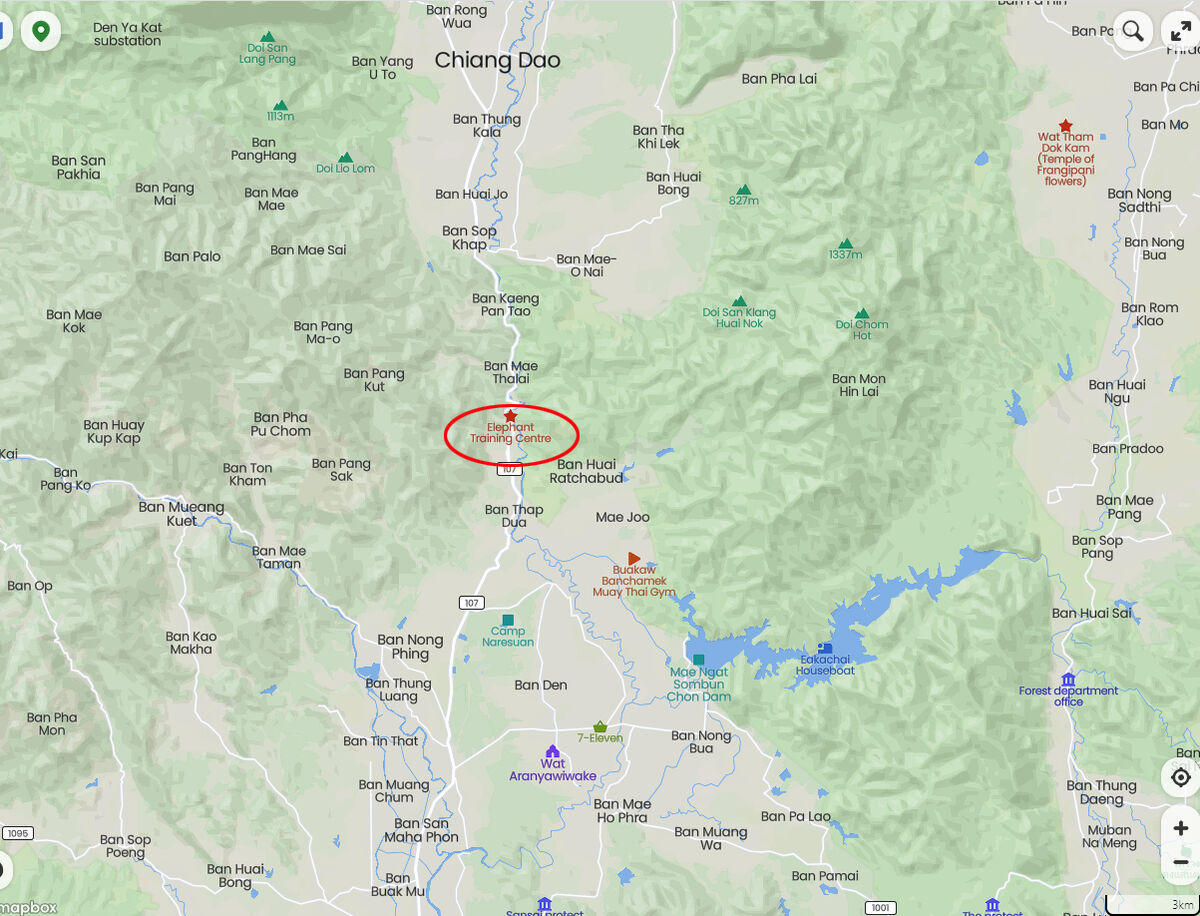Thailand: Chiang Mai Part 7- The Lisu People
Feb 27, 2023 14:46:16 #
We visited one of the hill tribe villages at the end of the elephant ride. As usual, the kids were my favorite subjects.
The Lisu people (Lisu: ꓡꓲ‐ꓢꓴ ꓫꓵꓽ; Burmese: လီဆူလူမျိုး, [lìsʰù]; Chinese: 傈僳族; pinyin: Lìsùzú; Thai: ลีสู่) are a Tibeto-Burman ethnic group who inhabit mountainous regions of Myanmar (Burma), southwest China, Thailand, and the Indian state of Arunachal Pradesh.
About 730,000 Lisu live in Lijiang, Baoshan, Nujiang, Dêqên and Dehong prefectures in Yunnan Province and Sichuan Province, China. The Lisu form one of the 56 ethnic groups officially recognized by China. In Myanmar, the Lisu are recognized as one of 135 ethnic groups and an estimated population of 600,000. Lisu live in the north of the country; Kachin State (Putao, Myitkyina, Danai, Waingmaw, Bhamo), Shan State, (Momeik, Namhsan, Lashio, Hopang, and Kokang) and southern Shan State (Namsang, Loilem, Mongton) and, Sagaing Division (Katha and Khamti), Mandalay Division (Mogok and Pyin Oo Lwin). Approximately 55,000 live in Thailand, where they are one of the six main hill tribes. They mainly inhabit remote mountainous areas.
The Lisu tribe consists of more than 58 different clans. Each family clan has its own name or surname. The biggest family clans well known among the tribe clans are Laemae pha, Bya pha, Thorne pha, Ngwa Pha (Ngwazah), Naw pha, Seu pha, Khaw pha. Most of the family names came from their own work as hunters in the primitive time. However, later, they adopted many Chinese family names. Their culture has traits shared with the Yi people or Nuosu (Lolo) culture.
Lisu history is passed from one generation to the next in the form of songs. Today, these songs are so long that they can take an entire night to sing.
The Lisu are believed to have originated in eastern Tibet even before present Tibetans arrived in the plateau. Research done by Lisu scholars indicates that they moved to northwestern Yunnan. They inhabited a region across Baoshan and the Tengchong plain for thousands of years. Lisu, Yi, Lahu, and Akha are Tibetan–Burman languages, distantly related to Burmese and Tibetan. After the Han Chinese Ming Dynasty, around 1140–1644 CE the eastern and southern Lisu languages and culture were greatly influenced by the Han culture. Taiping village in Yinjiang, Yunnan, China, was first established by Lu Shi Lisu people about 1,000 years ago. In the mid-18th century, Lisu peoples in Yinjiang began moving into Momeik, Burma, a population of southern Lisu moved into Mogok, and southern Shan State, and then in the late 19th century, moved into northern Thailand. Lisu is one of the three Lolo tribes, the descendants of Yi. Yi (or Nuosu) are still much closer to the Lisu and Myanmar languages. Myat Wai Toe observes that as the saying, "the Headwaters of the Great River, Lisu originates," where Lisu lived in "Mou-Ku-De"; they were not yet called "Lisu" until 400–200 BC.
Lisu villages are usually built close to water to provide easy access for washing and drinking. Their homes are usually built on the ground and have dirt floors and bamboo walls, although an increasing number of the more affluent Lisu are now building houses of wood or even concrete.
Lisu subsistence was based on paddy fields, mountain rice, fruit and vegetables. However, they have typically lived in ecologically fragile regions that do not easily support subsistence. They also faced constant upheaval from both physical and social disasters (earthquakes and landslides; wars and governments). Therefore, they have typically been dependent on trade for survival. This included work as porters and caravan guards. With the introduction of the opium poppy as a cash crop in the early 19th century, many Lisu populations were able to achieve economic stability. This lasted for over 100 years, but opium production has all but disappeared in Thailand and China due to interdiction of production. Very few Lisu ever used opium, or its more common derivative heroin, except for medicinal use by the elders to alleviate the pain of arthritis.
The Lisu practiced swidden (slash-and-burn) agriculture. In conditions of low population density where land can be fallowed for many years, swiddening is an environmentally sustainable form of horticulture. Despite decades of swiddening by hill tribes such as the Lisu, northern Thailand had a higher proportion of intact forest than any other part of Thailand. However, with road building by the state, logging (some legal, but mostly illegal) by Thai companies, enclosure of land in national parks, and influx of immigrants from the lowlands, swidden fields cannot be fallowed, cannot re-grow, and swiddening results in large swathes of deforested mountainsides. Under these conditions, Lisu and other swiddeners have been forced to turn to new methods of agriculture to sustain themselves.
The Thai Lisu traditional costume shown here is much different from the main Lisu traditional costume being widely used in Nujiang Lisu Autonomous Prefecture, Yunnan, China and Putao, Danai, Myitkyina, Northern Myanmar.
Before Christianity was introduced to Lisu people, they were animists. Archibald Rose points that the religion of the Lisus appears to be a simple form of animism or nat-worship, sacrifices being offered to the spirits of the mountains. Most important rituals are performed by shamans. The main Lisu festival corresponds to Chinese New Year and is celebrated with music, feasting and drinking, as are weddings; people wear large amounts of silver jewelry and wear their best clothes at these times as a means of displaying their success in the previous agricultural year. In each traditional village there is a sacred grove at the top of the village, where the sky spirit or, in China, the Old Grandfather Spirit, are propitiated with offerings; each house has an ancestor altar at the back of the house.
https://en.wikipedia.org/wiki/Lisu_people
For more images from the Four Seasons Resort, Chiang Mai, and the Elephant Training Center, please see my previous posts:
https://www.uglyhedgehog.com/t-765366-1.html#13734731
https://www.uglyhedgehog.com/t-765581-1.html#13738809
https://www.uglyhedgehog.com/t-765791-1.html
https://www.uglyhedgehog.com/t-766102-1.html#13748426
https://www.uglyhedgehog.com/t-766299-1.html#13752966
https://www.uglyhedgehog.com/t-766495-1.html
I hope you enjoy these!
Mark
The Lisu people (Lisu: ꓡꓲ‐ꓢꓴ ꓫꓵꓽ; Burmese: လီဆူလူမျိုး, [lìsʰù]; Chinese: 傈僳族; pinyin: Lìsùzú; Thai: ลีสู่) are a Tibeto-Burman ethnic group who inhabit mountainous regions of Myanmar (Burma), southwest China, Thailand, and the Indian state of Arunachal Pradesh.
About 730,000 Lisu live in Lijiang, Baoshan, Nujiang, Dêqên and Dehong prefectures in Yunnan Province and Sichuan Province, China. The Lisu form one of the 56 ethnic groups officially recognized by China. In Myanmar, the Lisu are recognized as one of 135 ethnic groups and an estimated population of 600,000. Lisu live in the north of the country; Kachin State (Putao, Myitkyina, Danai, Waingmaw, Bhamo), Shan State, (Momeik, Namhsan, Lashio, Hopang, and Kokang) and southern Shan State (Namsang, Loilem, Mongton) and, Sagaing Division (Katha and Khamti), Mandalay Division (Mogok and Pyin Oo Lwin). Approximately 55,000 live in Thailand, where they are one of the six main hill tribes. They mainly inhabit remote mountainous areas.
The Lisu tribe consists of more than 58 different clans. Each family clan has its own name or surname. The biggest family clans well known among the tribe clans are Laemae pha, Bya pha, Thorne pha, Ngwa Pha (Ngwazah), Naw pha, Seu pha, Khaw pha. Most of the family names came from their own work as hunters in the primitive time. However, later, they adopted many Chinese family names. Their culture has traits shared with the Yi people or Nuosu (Lolo) culture.
Lisu history is passed from one generation to the next in the form of songs. Today, these songs are so long that they can take an entire night to sing.
The Lisu are believed to have originated in eastern Tibet even before present Tibetans arrived in the plateau. Research done by Lisu scholars indicates that they moved to northwestern Yunnan. They inhabited a region across Baoshan and the Tengchong plain for thousands of years. Lisu, Yi, Lahu, and Akha are Tibetan–Burman languages, distantly related to Burmese and Tibetan. After the Han Chinese Ming Dynasty, around 1140–1644 CE the eastern and southern Lisu languages and culture were greatly influenced by the Han culture. Taiping village in Yinjiang, Yunnan, China, was first established by Lu Shi Lisu people about 1,000 years ago. In the mid-18th century, Lisu peoples in Yinjiang began moving into Momeik, Burma, a population of southern Lisu moved into Mogok, and southern Shan State, and then in the late 19th century, moved into northern Thailand. Lisu is one of the three Lolo tribes, the descendants of Yi. Yi (or Nuosu) are still much closer to the Lisu and Myanmar languages. Myat Wai Toe observes that as the saying, "the Headwaters of the Great River, Lisu originates," where Lisu lived in "Mou-Ku-De"; they were not yet called "Lisu" until 400–200 BC.
Lisu villages are usually built close to water to provide easy access for washing and drinking. Their homes are usually built on the ground and have dirt floors and bamboo walls, although an increasing number of the more affluent Lisu are now building houses of wood or even concrete.
Lisu subsistence was based on paddy fields, mountain rice, fruit and vegetables. However, they have typically lived in ecologically fragile regions that do not easily support subsistence. They also faced constant upheaval from both physical and social disasters (earthquakes and landslides; wars and governments). Therefore, they have typically been dependent on trade for survival. This included work as porters and caravan guards. With the introduction of the opium poppy as a cash crop in the early 19th century, many Lisu populations were able to achieve economic stability. This lasted for over 100 years, but opium production has all but disappeared in Thailand and China due to interdiction of production. Very few Lisu ever used opium, or its more common derivative heroin, except for medicinal use by the elders to alleviate the pain of arthritis.
The Lisu practiced swidden (slash-and-burn) agriculture. In conditions of low population density where land can be fallowed for many years, swiddening is an environmentally sustainable form of horticulture. Despite decades of swiddening by hill tribes such as the Lisu, northern Thailand had a higher proportion of intact forest than any other part of Thailand. However, with road building by the state, logging (some legal, but mostly illegal) by Thai companies, enclosure of land in national parks, and influx of immigrants from the lowlands, swidden fields cannot be fallowed, cannot re-grow, and swiddening results in large swathes of deforested mountainsides. Under these conditions, Lisu and other swiddeners have been forced to turn to new methods of agriculture to sustain themselves.
The Thai Lisu traditional costume shown here is much different from the main Lisu traditional costume being widely used in Nujiang Lisu Autonomous Prefecture, Yunnan, China and Putao, Danai, Myitkyina, Northern Myanmar.
Before Christianity was introduced to Lisu people, they were animists. Archibald Rose points that the religion of the Lisus appears to be a simple form of animism or nat-worship, sacrifices being offered to the spirits of the mountains. Most important rituals are performed by shamans. The main Lisu festival corresponds to Chinese New Year and is celebrated with music, feasting and drinking, as are weddings; people wear large amounts of silver jewelry and wear their best clothes at these times as a means of displaying their success in the previous agricultural year. In each traditional village there is a sacred grove at the top of the village, where the sky spirit or, in China, the Old Grandfather Spirit, are propitiated with offerings; each house has an ancestor altar at the back of the house.
https://en.wikipedia.org/wiki/Lisu_people
For more images from the Four Seasons Resort, Chiang Mai, and the Elephant Training Center, please see my previous posts:
https://www.uglyhedgehog.com/t-765366-1.html#13734731
https://www.uglyhedgehog.com/t-765581-1.html#13738809
https://www.uglyhedgehog.com/t-765791-1.html
https://www.uglyhedgehog.com/t-766102-1.html#13748426
https://www.uglyhedgehog.com/t-766299-1.html#13752966
https://www.uglyhedgehog.com/t-766495-1.html
I hope you enjoy these!
Mark
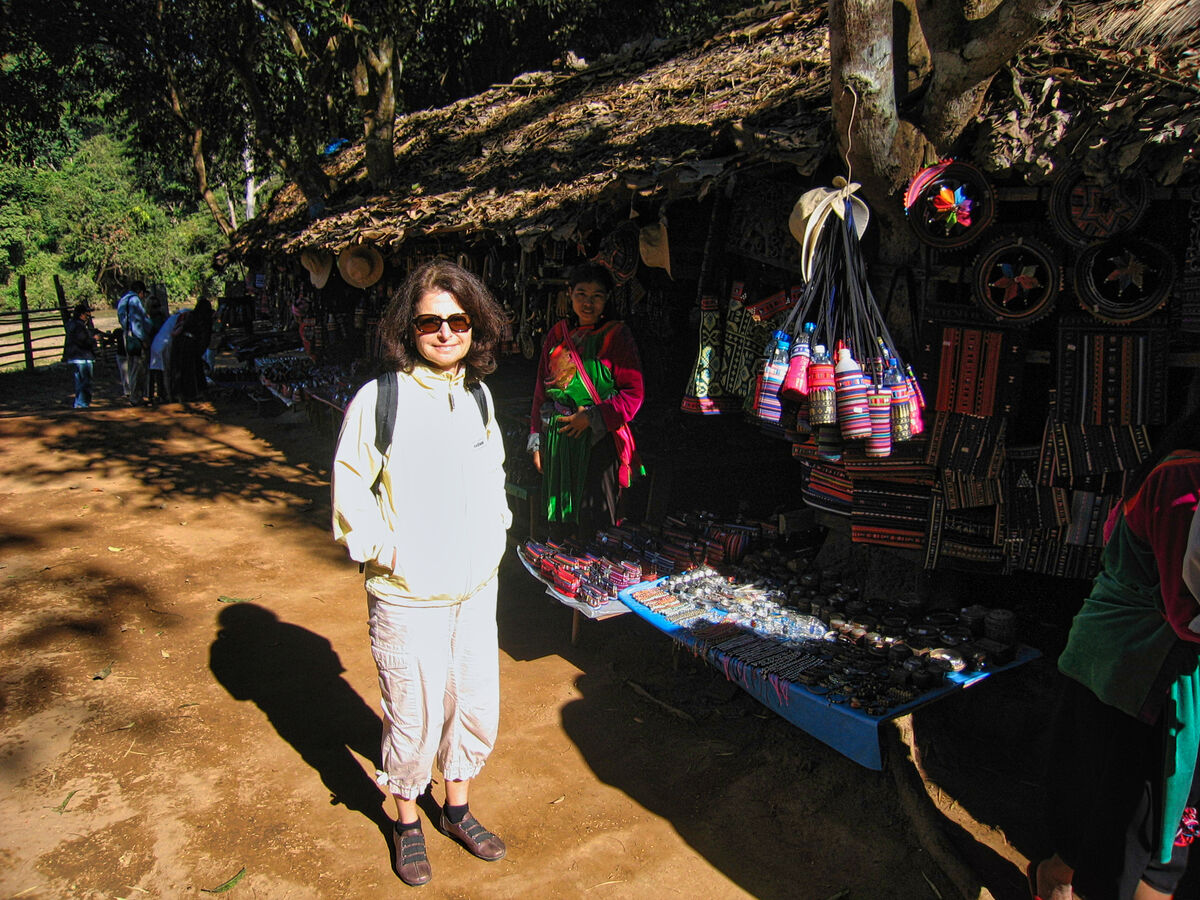
(Download)
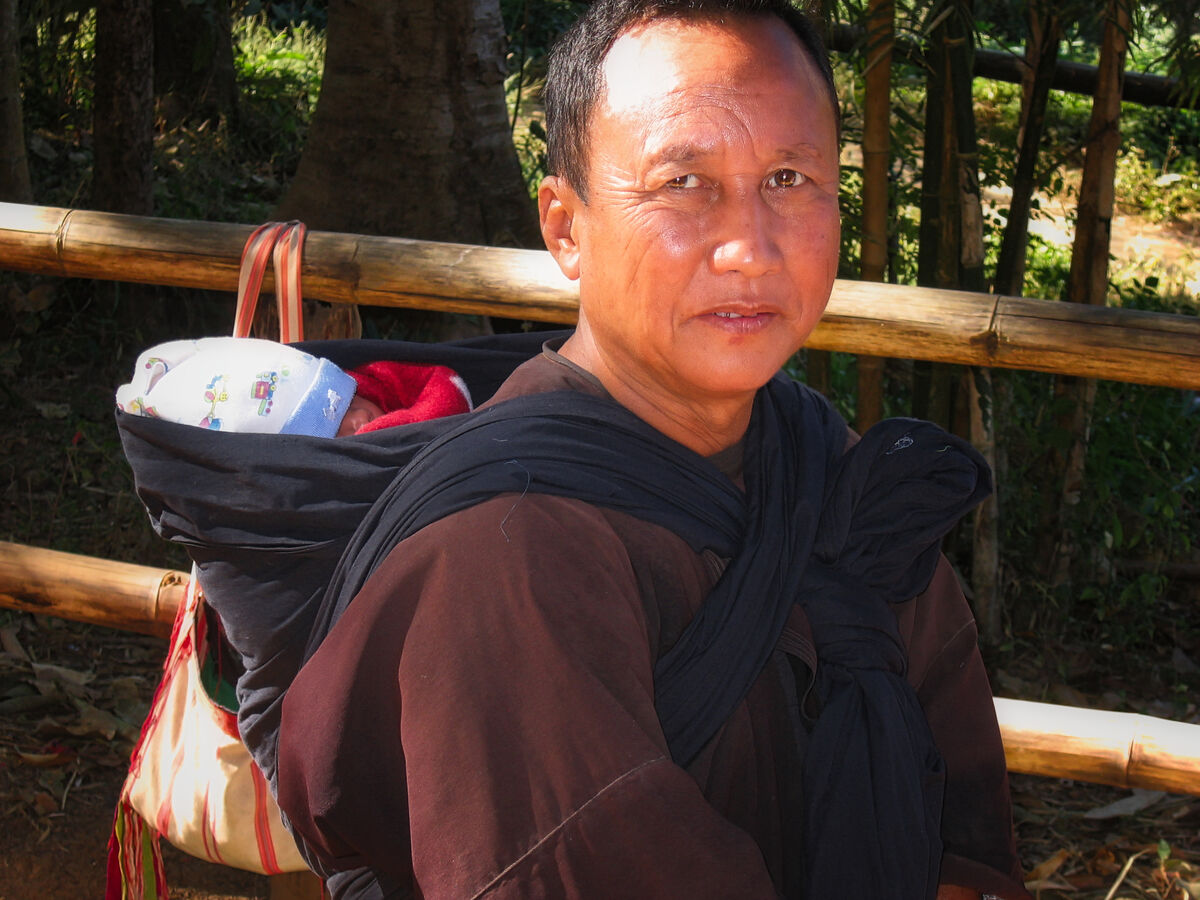
(Download)
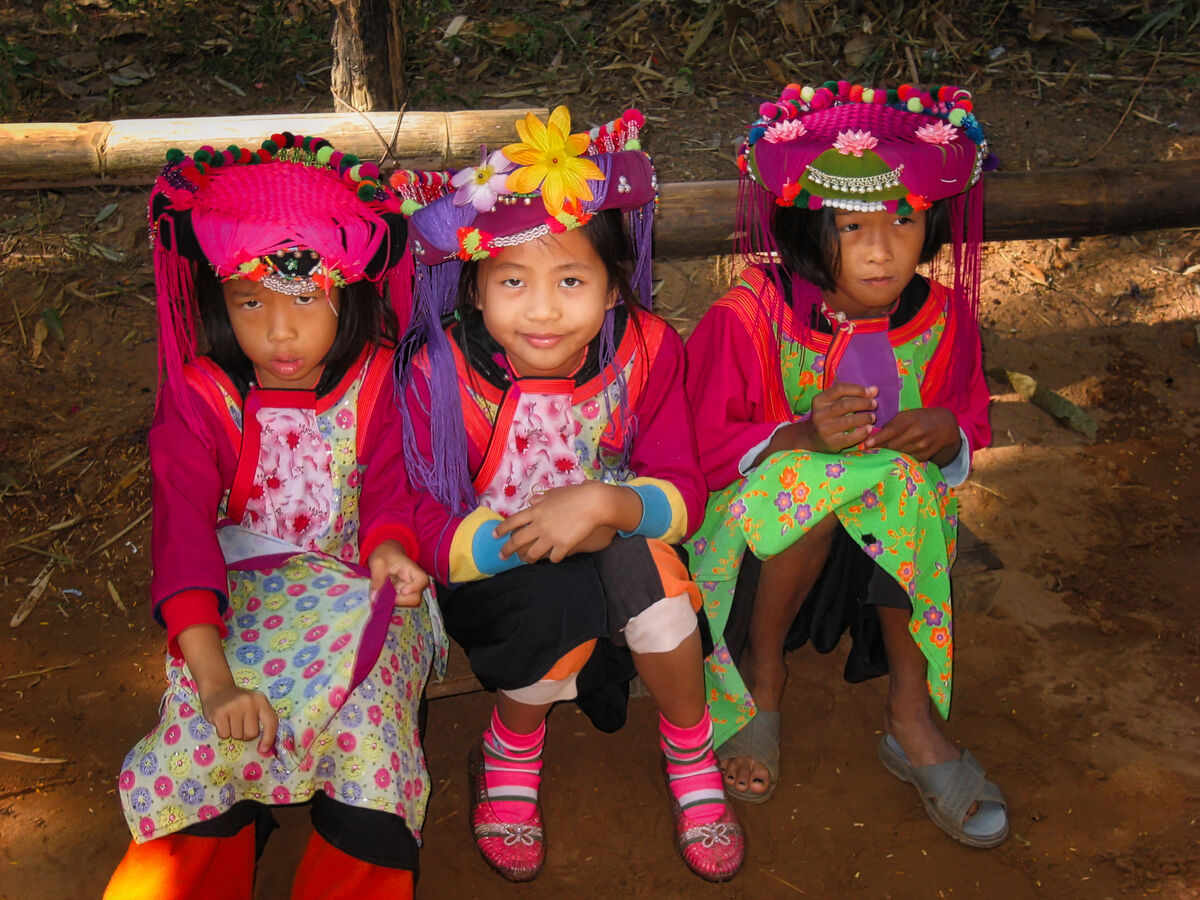
(Download)
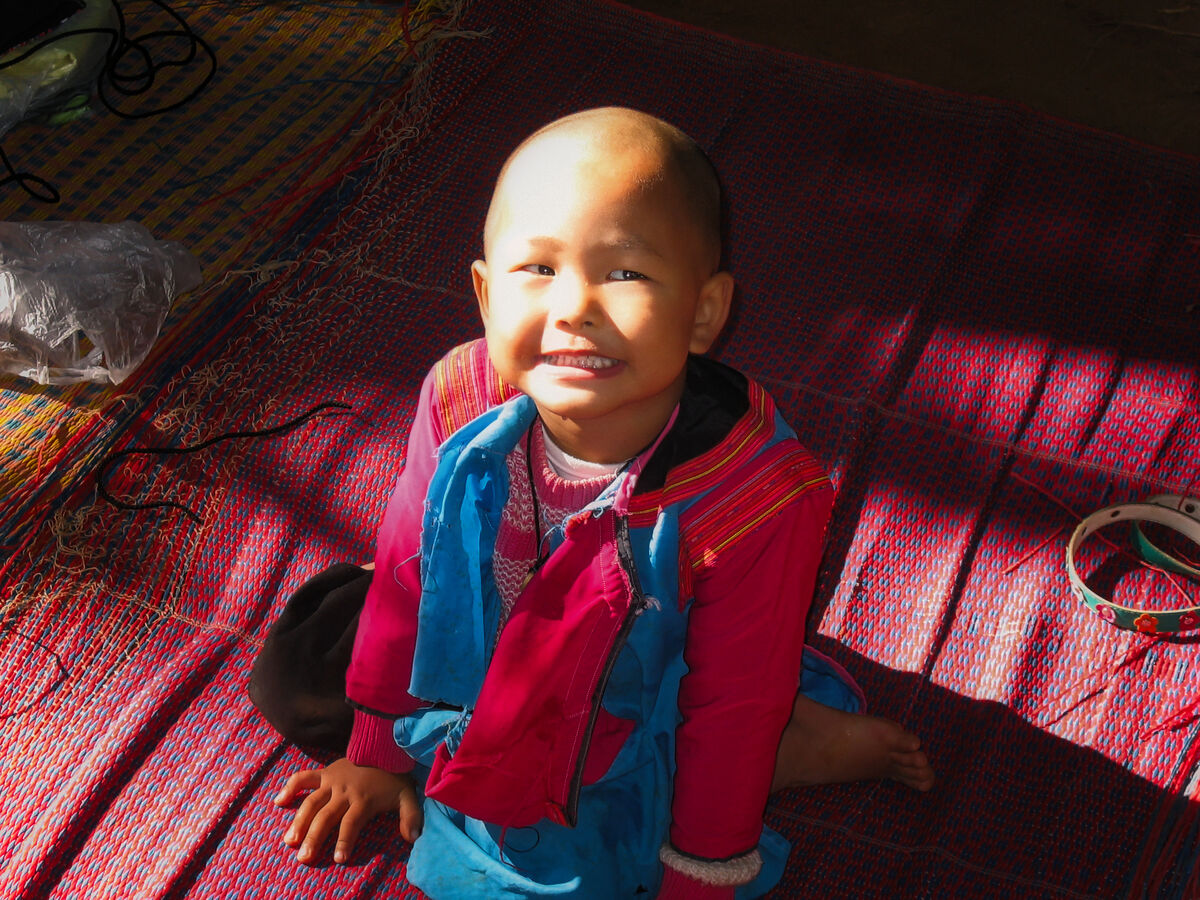
(Download)
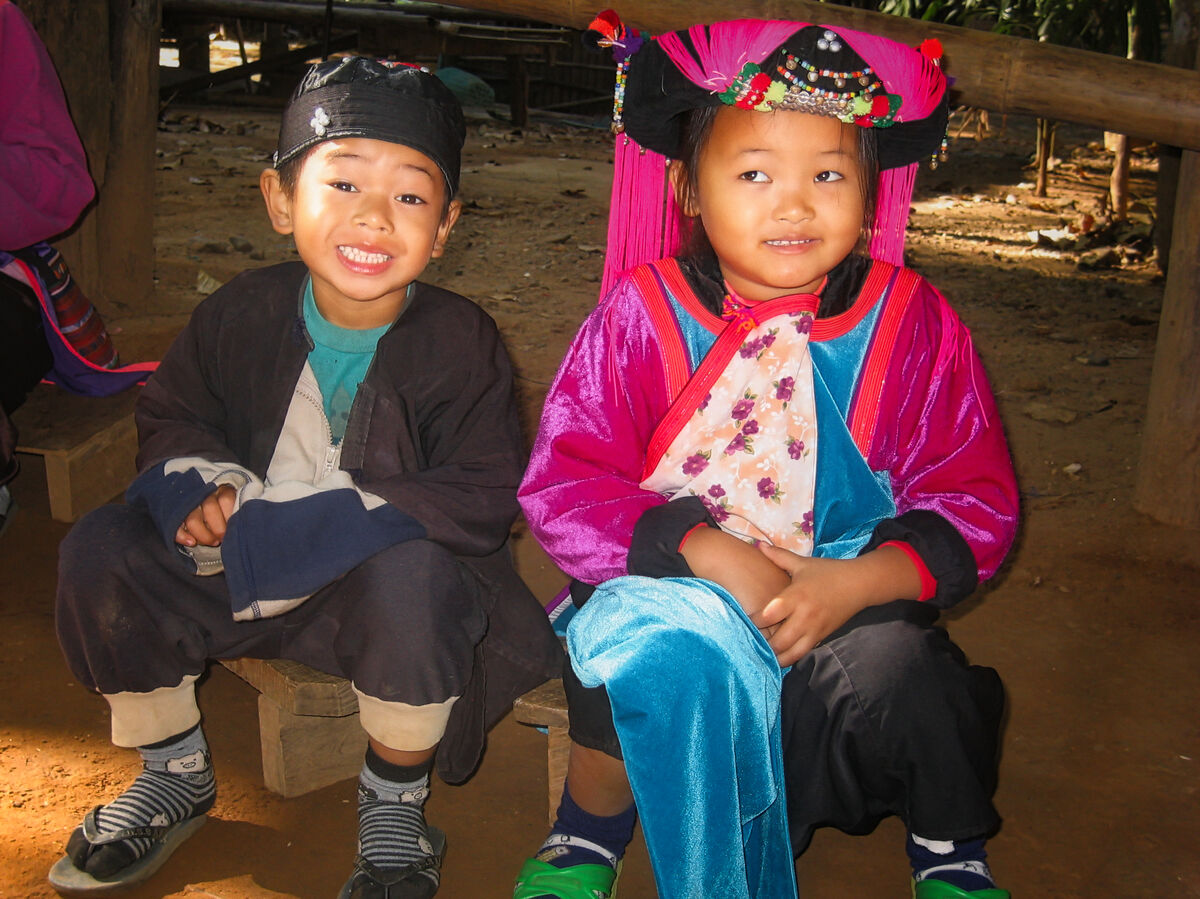
(Download)
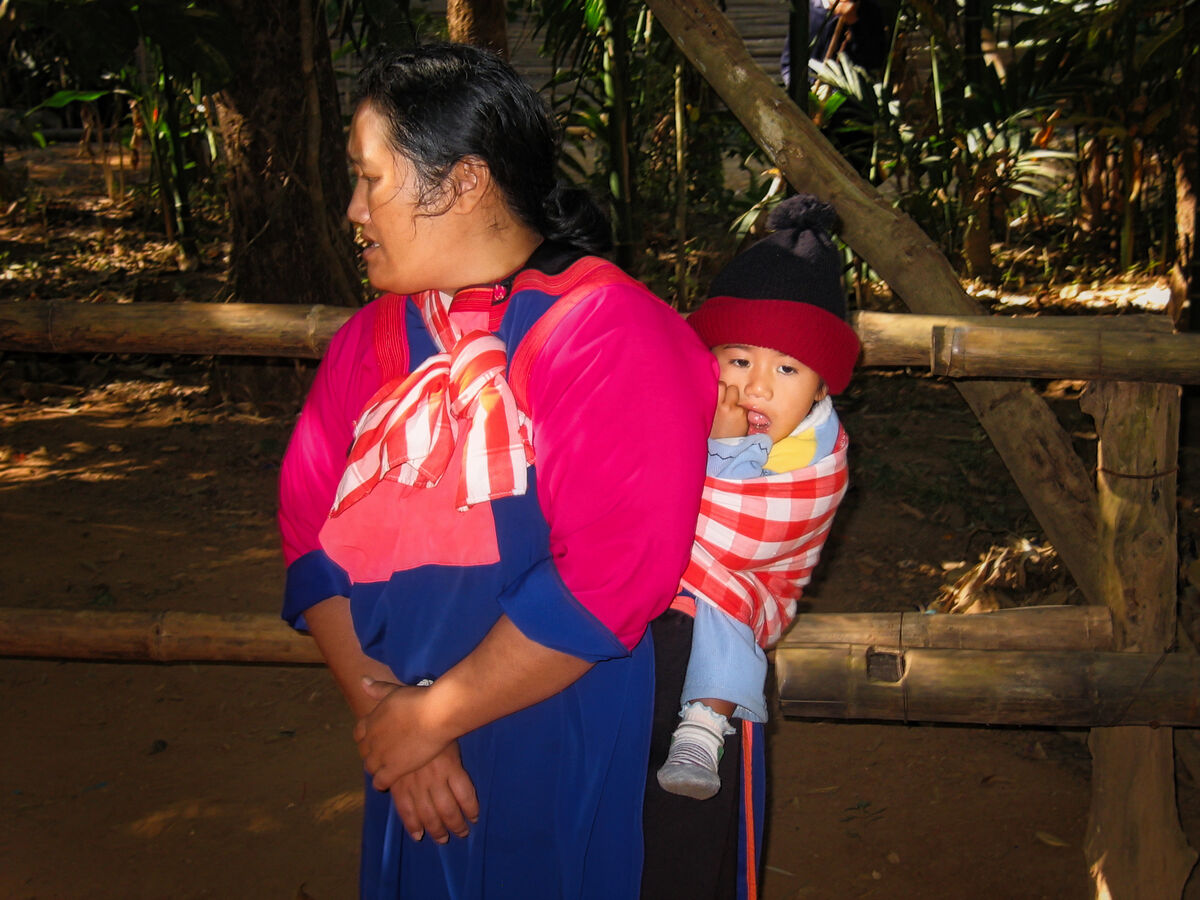
(Download)
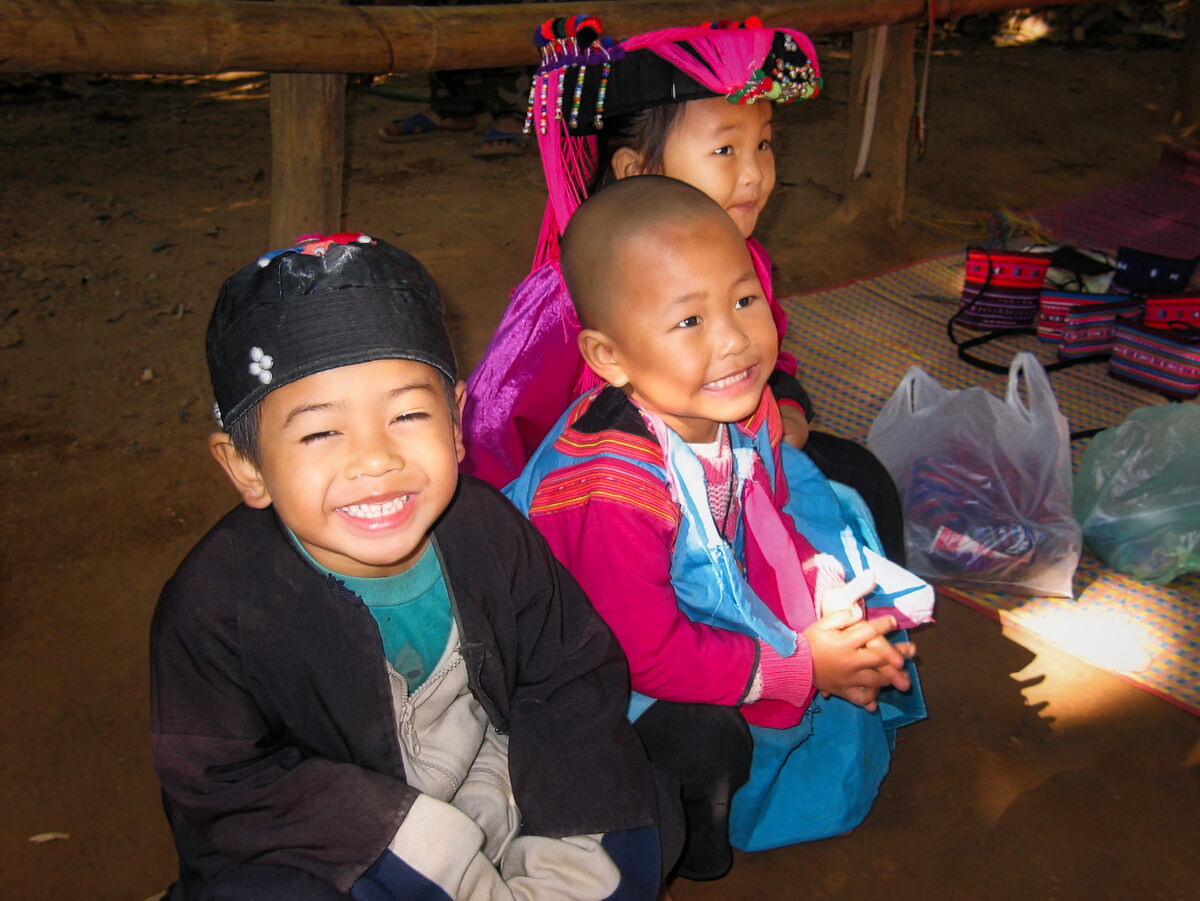
(Download)
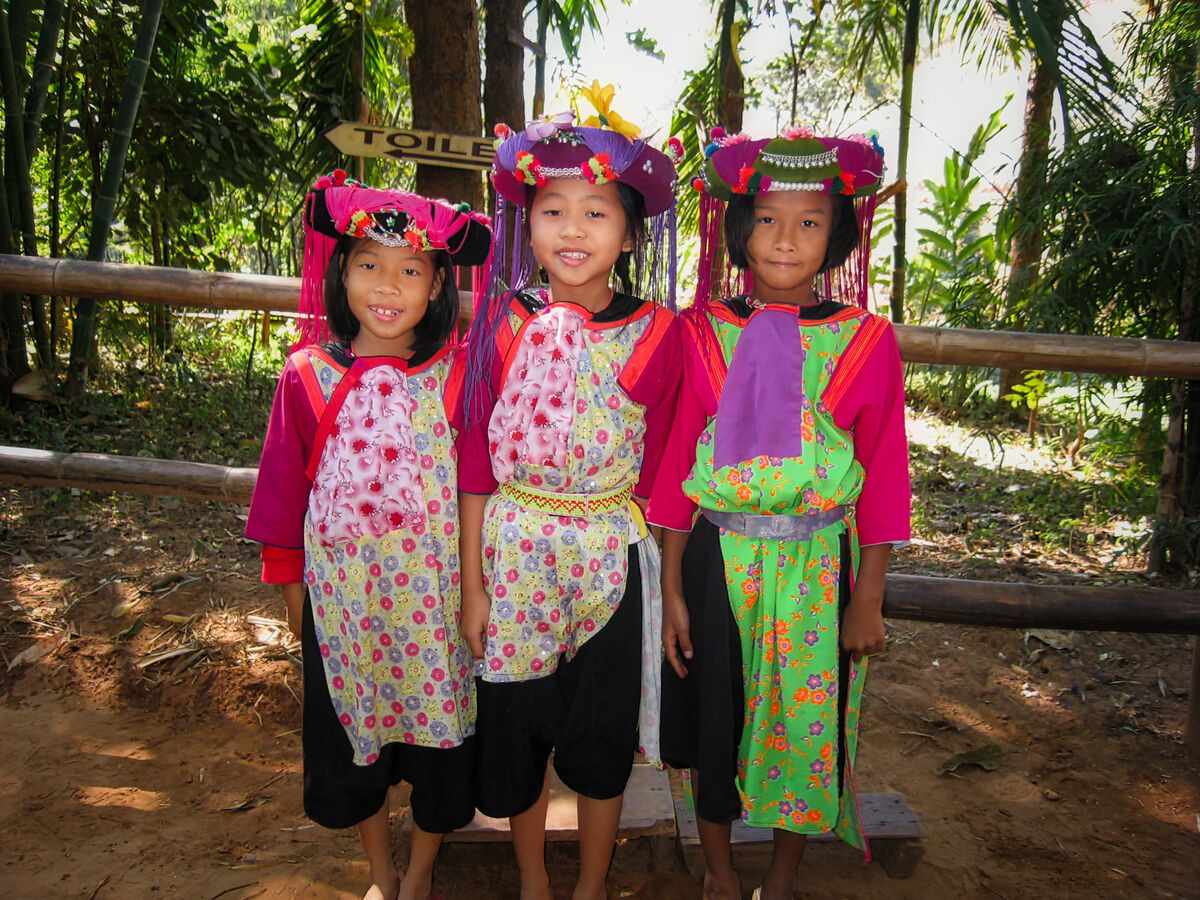
(Download)
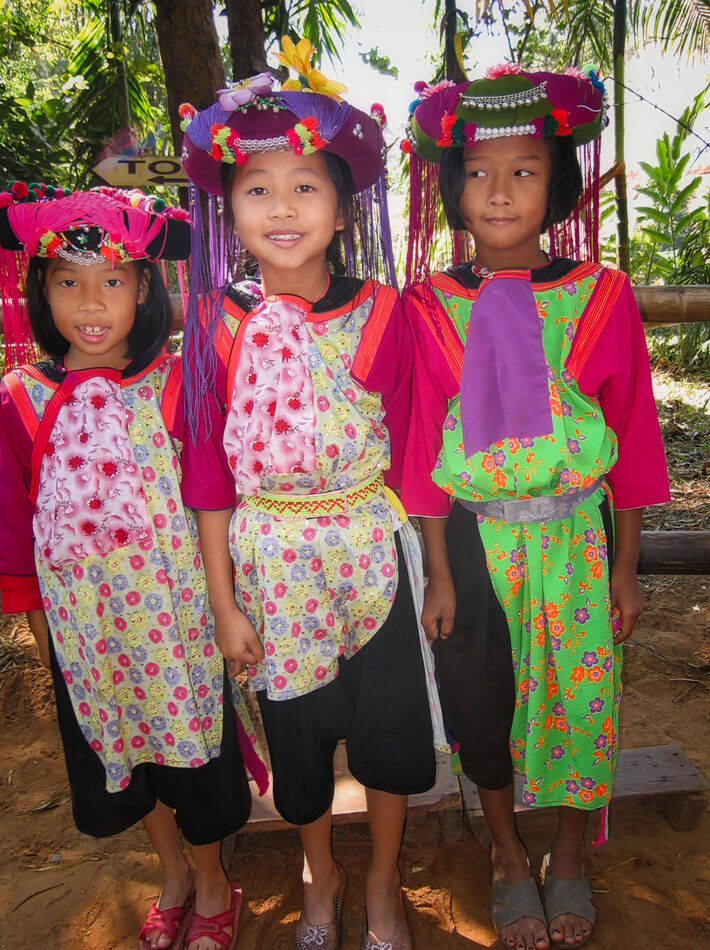
(Download)
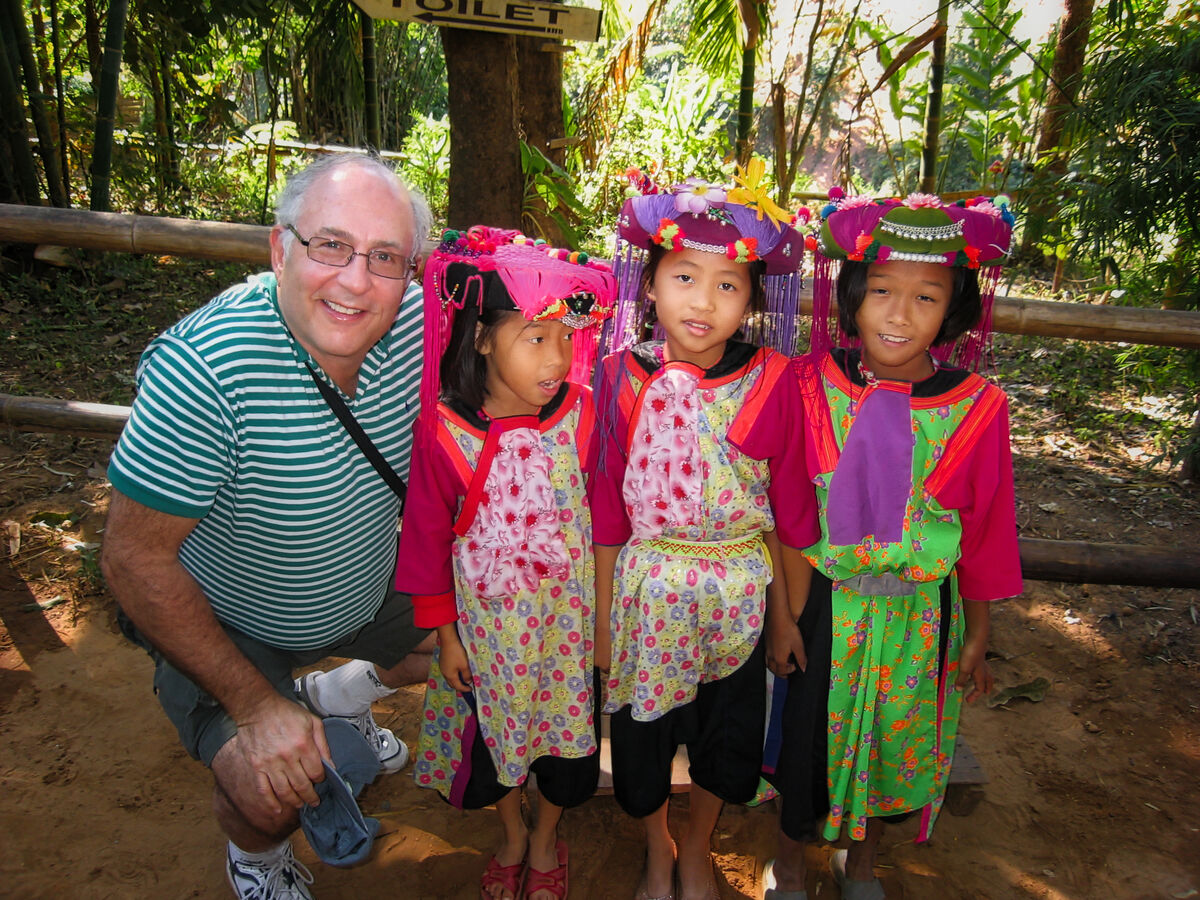
(Download)
Feb 27, 2023 14:47:03 #
Feb 27, 2023 14:52:52 #
Feb 27, 2023 14:54:52 #
NMGal wrote:
Love your candids of the children.
Thank you very much Barbara.
Feb 27, 2023 14:55:59 #
lnl
Loc: SWFL
Love the kids’ pictures. For some unknown reason, for pic #3, the saying about the monkeys seeing, hearing and saying no evil popped into mind.
Feb 27, 2023 14:59:49 #
lnl wrote:
Love the kids’ pictures. For some unknown reason, for pic #3, the saying about the monkeys seeing, hearing and saying no evil popped into mind.
Thanks very much Ellen. I can see that statement in their expressions as well.
Feb 27, 2023 15:28:33 #
Feb 27, 2023 15:30:56 #
Feb 27, 2023 17:14:59 #
Feb 27, 2023 17:52:07 #
Feb 27, 2023 18:54:27 #
DianeL wrote:
Great shots. Children are adorable no matter where they live.
I agree completely Diane. Thanks!
Feb 27, 2023 18:54:50 #
Feb 27, 2023 18:55:14 #
Feb 27, 2023 18:55:47 #
kpmac wrote:
Nothing better than happy children, Mark. And you captured them so nicely.
I agree completely Ken. Thanks so much!
Feb 27, 2023 23:23:12 #
srfmhg wrote:
We visited one of the hill tribe villages at the e... (show quote)
Great set Mark! The kids seemed to really respond to you.
If you want to reply, then register here. Registration is free and your account is created instantly, so you can post right away.

